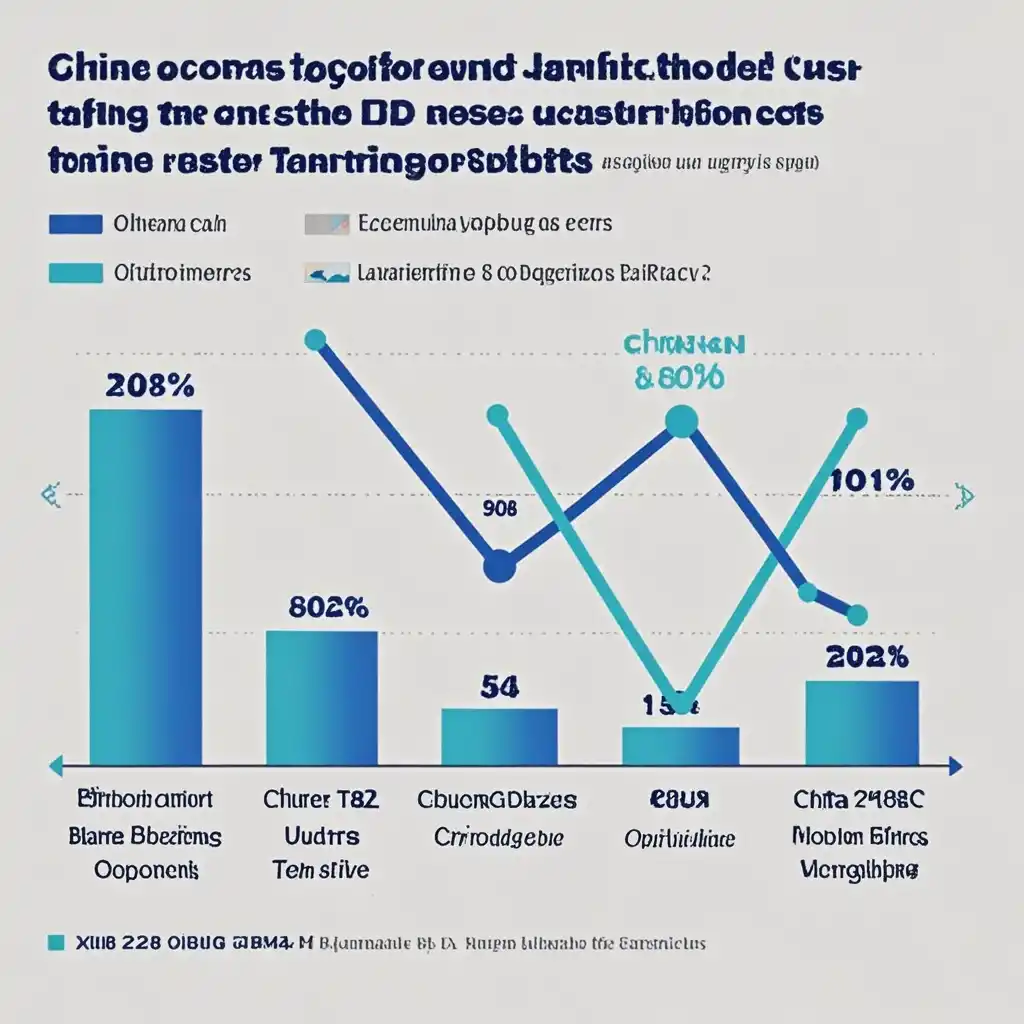

Navigating the Impact of China's 84% Retaliatory Tariffs on US Goods for Cross - border E - commerce Enterprises
In the complex world of international trade, cross - border e - commerce enterprises often find themselves at the mercy of various trade policies. One such significant development is China's imposition of retaliatory tariffs on US goods, with a staggering 84% of US goods being affected. This article will analyze the background, impacts on e - commerce, potential strategies for cross - border e - commerce enterprises, and conclude with an overall summary.
1. Background
Trade relations between the United States and China have been under strain in recent years. The United States has initiated a series of trade - restrictive measures, such as imposing tariffs on a wide range of Chinese goods. In response, China has had to take retaliatory measures to safeguard its own economic interests. The 84% retaliatory tariffs on US goods are a part of this broader trade - war - like scenario. These tariffs cover a diverse range of products, including many consumer goods, agricultural products, and high - tech components that are relevant to cross - border e - commerce. For example, a significant portion of US - sourced fashion items, which are popular in China's e - commerce market, are now subject to these tariffs.
2. Tariff Impact on Cross - border E - commerce
2.1 Pricing and Competitiveness
For cross - border e - commerce enterprises, the most immediate impact is on pricing. With the 84% tariffs, the cost of importing US goods has significantly increased. This forces e - commerce platforms and sellers to either absorb the cost, which squeezes their profit margins, or pass it on to consumers. If they choose to pass it on, the price of US - sourced products in the Chinese e - commerce market becomes less competitive compared to products from other regions. For instance, if a US - made beauty product previously cost $10 and had a reasonable profit margin for the e - commerce seller, after the tariff, the cost might increase to $18.40 (assuming a simple calculation based on an 84% tariff increase). This makes it difficult to compete with similar products from South Korea or Europe in terms of price.
2.2 Supply Chain Disruptions
Many cross - border e - commerce enterprises have built their supply chains around US - sourced goods. The tariffs disrupt these supply chains. Some smaller enterprises may find it difficult to quickly shift to alternative suppliers due to factors such as existing contracts, quality control requirements, and lack of knowledge about other suppliers. For example, a small e - commerce business that specializes in US - made organic food products may face challenges in finding equivalent quality products from other countries in a short time. This can lead to stock shortages and a decline in customer satisfaction.
2.3 Consumer Demand
The change in price and availability of US goods due to tariffs also affects consumer demand. Consumers are price - sensitive, and when the price of US - sourced products increases, they may shift their preferences to other products. A study showed that after the implementation of tariffs, the sales volume of some US - branded electronics in China's cross - border e - commerce platforms decreased by about 30% within three months. This indicates that consumer demand for US goods in the e - commerce context is highly elastic in the face of tariff - induced price changes.
3. Strategies for Cross - border E - commerce Enterprises
3.1 Diversifying Supply Sources
One of the key strategies for cross - border e - commerce enterprises is to diversify their supply sources. Instead of relying heavily on US - sourced goods, they can explore suppliers from other countries. For example, European countries, Southeast Asian countries, and some emerging economies offer a wide range of products that can substitute for US goods. An e - commerce company that used to import a large amount of US - made toys can start looking for high - quality toy manufacturers in Vietnam or Thailand. By doing so, they can reduce their exposure to the US - China tariff situation and potentially find more cost - effective supply options.
3.2 Product Differentiation
Enterprises can focus on product differentiation to maintain their competitiveness. Even for products that are subject to tariffs, if they can add unique features or value - added services, they may be able to justify a higher price. For instance, an e - commerce seller of US - made clothing can offer personalized customization services, such as adding custom embroidery or alterations. This way, consumers may be more willing to pay a premium price despite the tariff - induced cost increase.
3.3 Strengthening Domestic Market Focus
In addition to international markets, cross - border e - commerce enterprises can also strengthen their focus on the domestic market. China has a large and growing domestic consumer market. By tailoring their product offerings and marketing strategies to better suit domestic consumers' needs and preferences, they can offset some of the losses from the challenges in the cross - border US - goods trade. For example, promoting local - themed products or partnering with domestic influencers to boost domestic sales.
4. Summary
The 84% retaliatory tariffs on US goods have a far - reaching impact on cross - border e - commerce enterprises. From disrupting supply chains and affecting pricing competitiveness to changing consumer demand, these tariffs pose significant challenges. However, through strategies such as diversifying supply sources, product differentiation, and strengthening domestic market focus, cross - border e - commerce enterprises can navigate these challenges. It is crucial for these enterprises to be proactive and adaptable in the face of changing international trade policies. By doing so, they can not only survive but also find new opportunities for growth in the complex global e - commerce landscape.